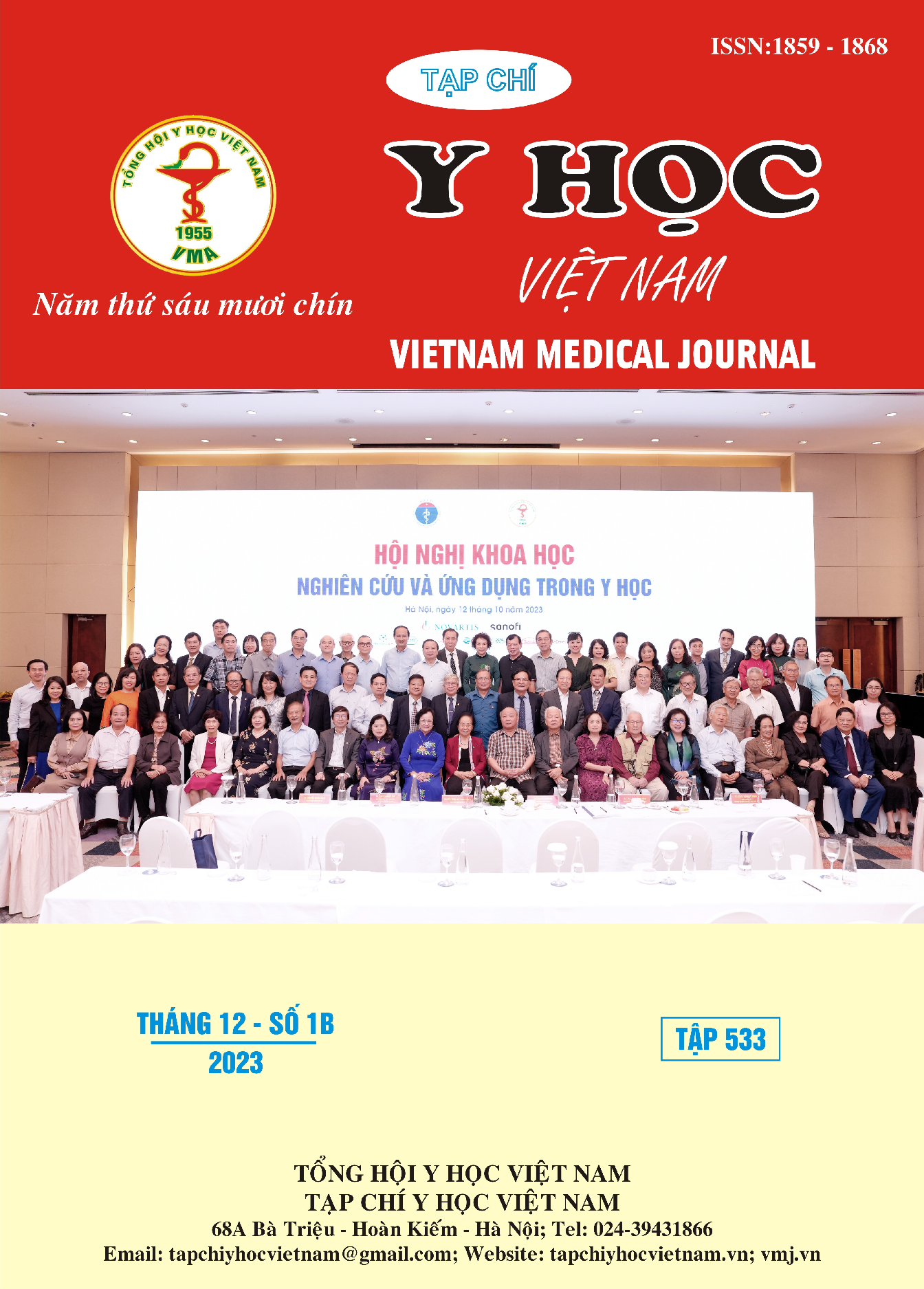KHẢO SÁT SỰ PHÁT TRIỂN CỦA TÌNH TRẠNG MẤT NGỦ Ở SINH VIÊN NGÀNH DƯỢC BỊ NHIỄM COVID-19 TẠI TRƯỜNG ĐẠI HỌC Y DƯỢC CẦN THƠ
Nội dung chính của bài viết
Tóm tắt
Mục tiêu: khảo sát tỷ lệ mất ngủ và tìm hiểu các yếu tố liên quan đến tình trạng mất ngủ ở sinh viên ngành Dược đã bị nhiễm COVID-19 tại trường Đại học Y Dược Cần Thơ thông qua chỉ số đánh giá tình trạng mất ngủ (ISI). Phương pháp: mô tả cắt ngang có phân tích trên 343 sinh viên ngành Dược đang học tại Trường Đại học Y Dược Cần Thơ trong năm học 2021-2022 đã từng và chưa từng bị nhiễm COVID-19. Kết quả: chưa tìm thấy mối liên quan giữa đặc điểm cá nhân như năm đang theo học, giới tính, nơi ở, tình hình tài chính, tình hình cách ly và dùng thuốc trị COVID-19 với tình trạng mất ngủ của sinh viên đã bị nhiễm COVID-19. Tỷ lệ sinh viên bị nhiễm COVID-19 có tình trạng mất ngủ (50,9%) cao hơn so với sinh viên không bị nhiễm COVID-19 (49,1%) (RR = 1,01; 95%CI = 0,87 - 1,17). Kết luận: đặc điểm cá nhân và mối quan hệ xã hội không liên quan đến tình trạng mất ngủ, tuy nhiên nhiễm COVID-19 có thể là yếu tố nguy cơ ảnh hưởng nhất định đến giấc ngủ của sinh viên ngành Dược.
Chi tiết bài viết
Tài liệu tham khảo
2. Baharun, H., et al. Depression and coping strategies during COVID-19 pandemic among university students in Malaysia. Int. J. Environ. Res. Public Health. 2022; 19(8):4711.
3. Lee, L.Y., et al. Impacts of COVID-19 on the mental health of university students in Singapore. Int J Environ Res Public Health. 2021; 18(17):8993.
4. Lima, M. G., Barros, M. B. A., Szwarcwald, C. L., Malta, D. C., Romero, D. E., Werneck, A. O., & Souza Júnior, P. R. B. Association of social and economic conditions with the incidence of sleep disorders during the COVID-19 pandemic. Cadernos de saude publica. 2021; 37(3): e00218320.
5. Morin, C. M., Belleville, G., Bélanger, L., & Ivers, H. The Insomnia Severity Index: psychometric indicators to detect insomnia cases and evaluate treatment response. Sleep. 2011; 34(5):601-608.
6. Moura, A. E. F., Oliveira, D. N., Torres, D. M., Tavares-Júnior, J. W. L., Nóbrega, P. R., Braga-Neto, P., & Sobreira-Neto, M. A. Central hypersomnia and chronic insomnia: expanding the spectrum of sleep disorders in long COVID syndrome-a prospective cohort study. BMC neurology. 2022; 22(1):1-10.
7. Pilotto, A., Cristillo, V., Cotti Piccinelli, S., Zoppi, N., Bonzi, G., Sattin, D., Padovani, A. Long-term neurological manifestations of COVID-19: prevalence and predictive factors. Neurological Sciences. 2021; 42:4903-4907.
8. Wang, Q., Xu, R. and Volkow, N.D. Increased risk of COVID-19 infection and mortality in people with mental disorders: analysis from electronic health records in the United States. World Psychiatry. 2020; 20:124-130.


